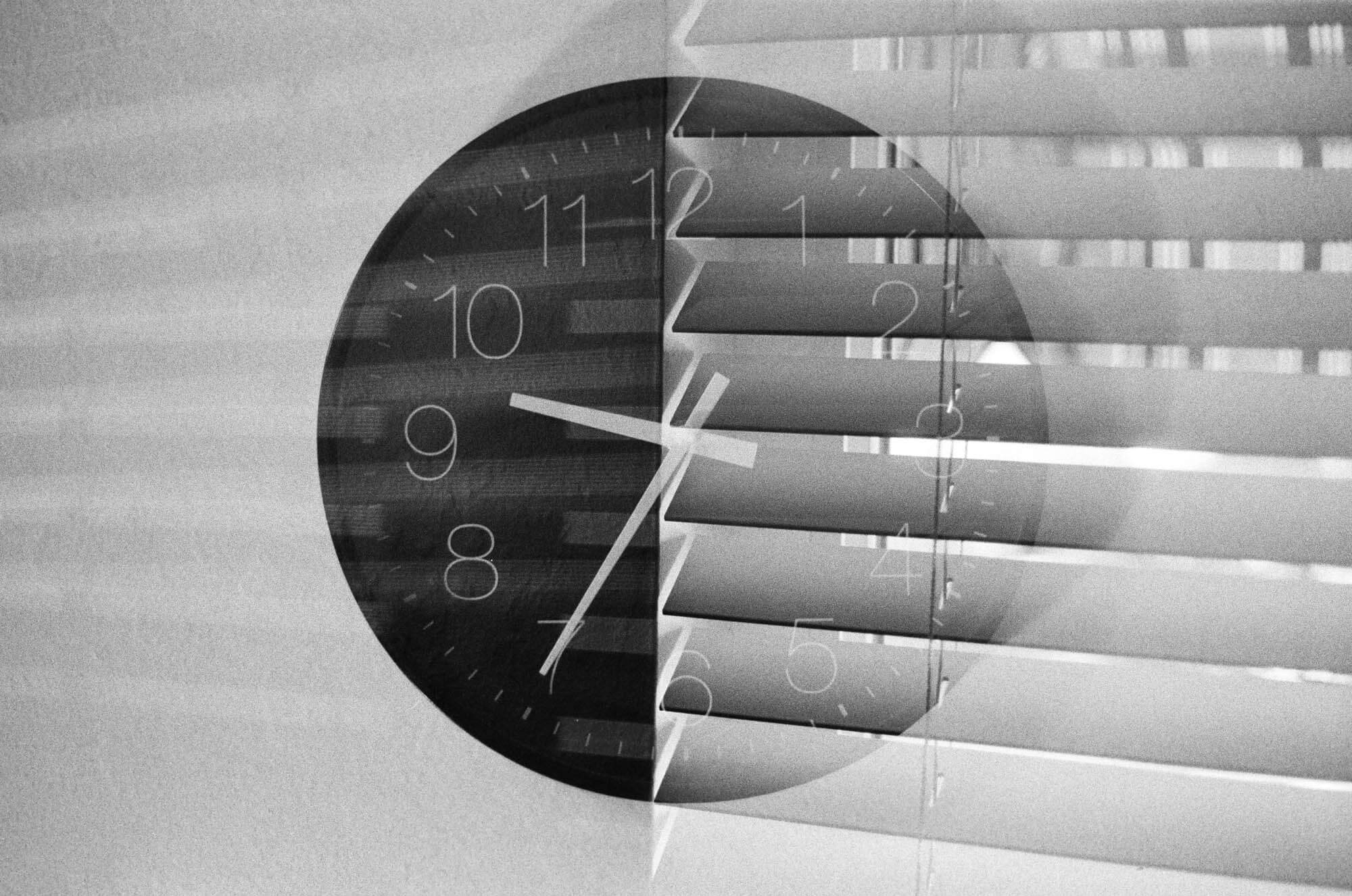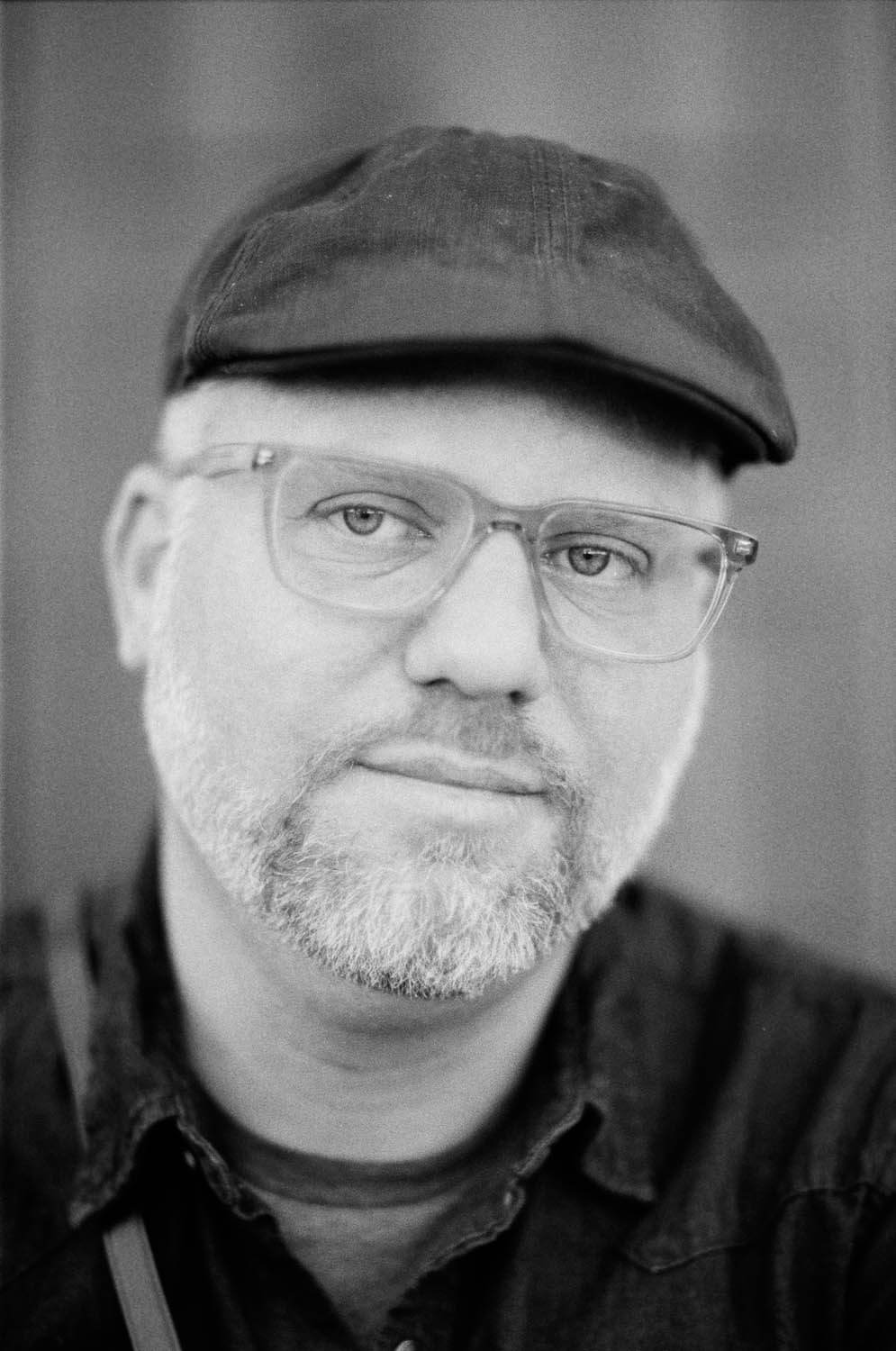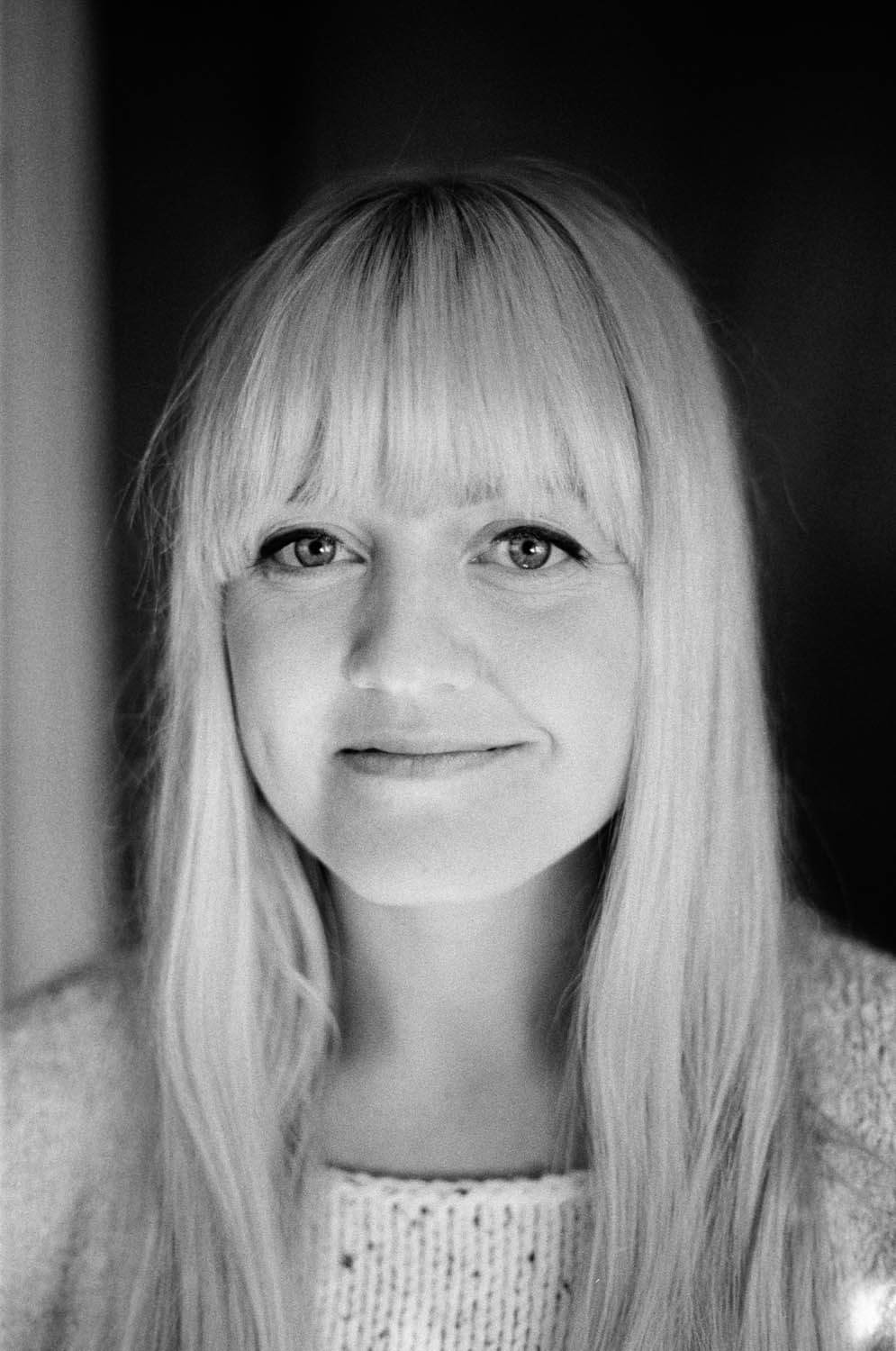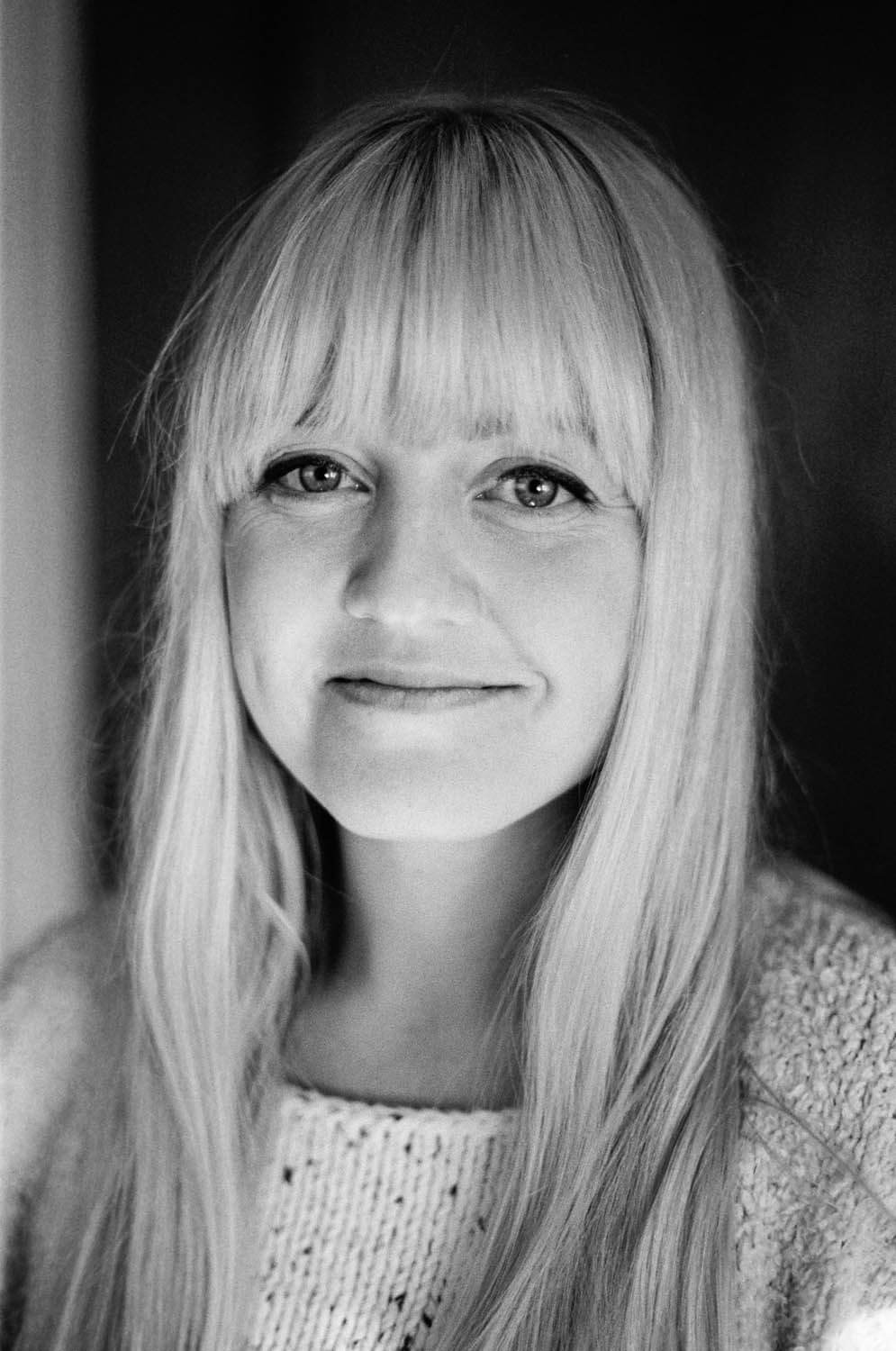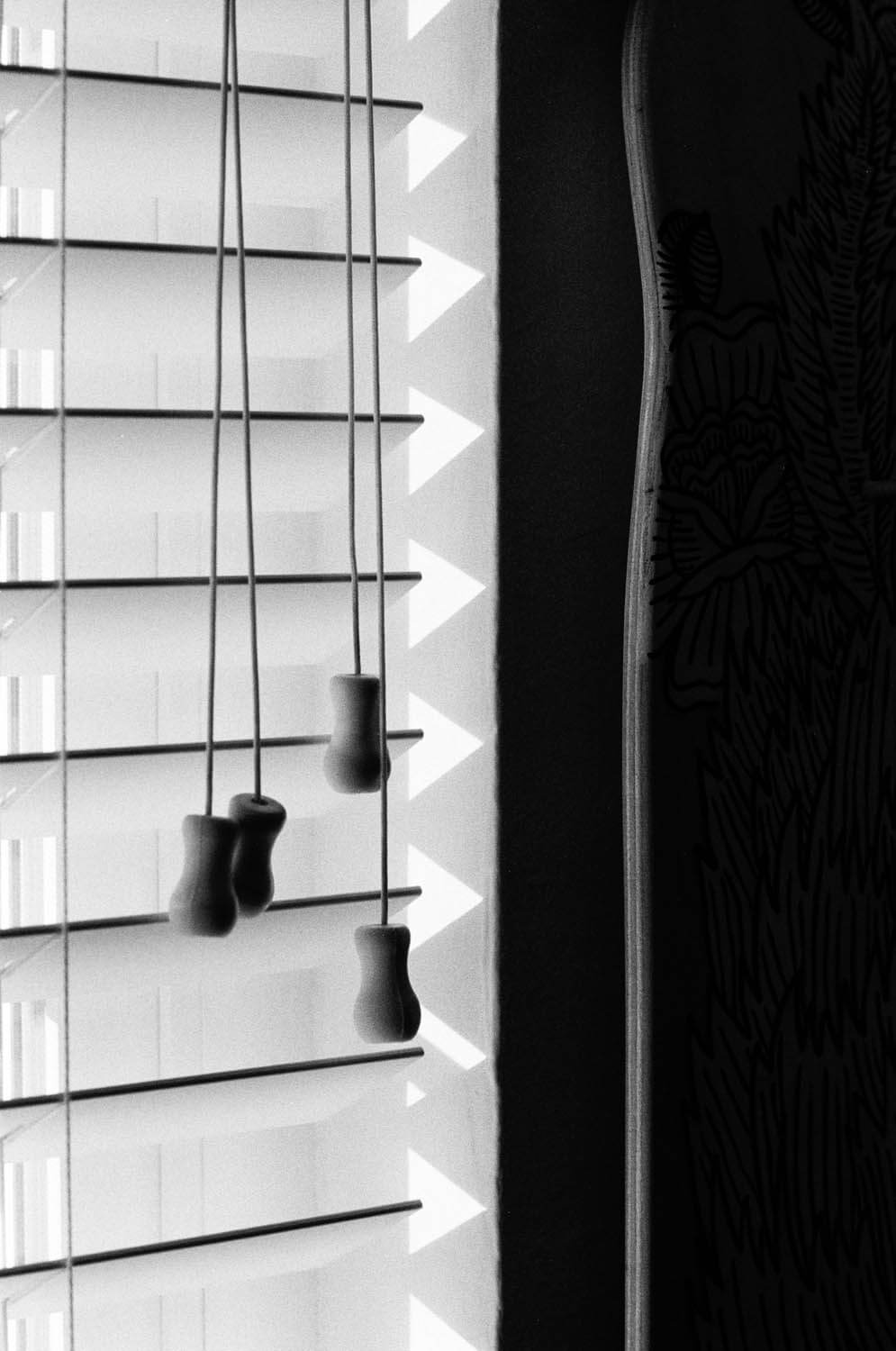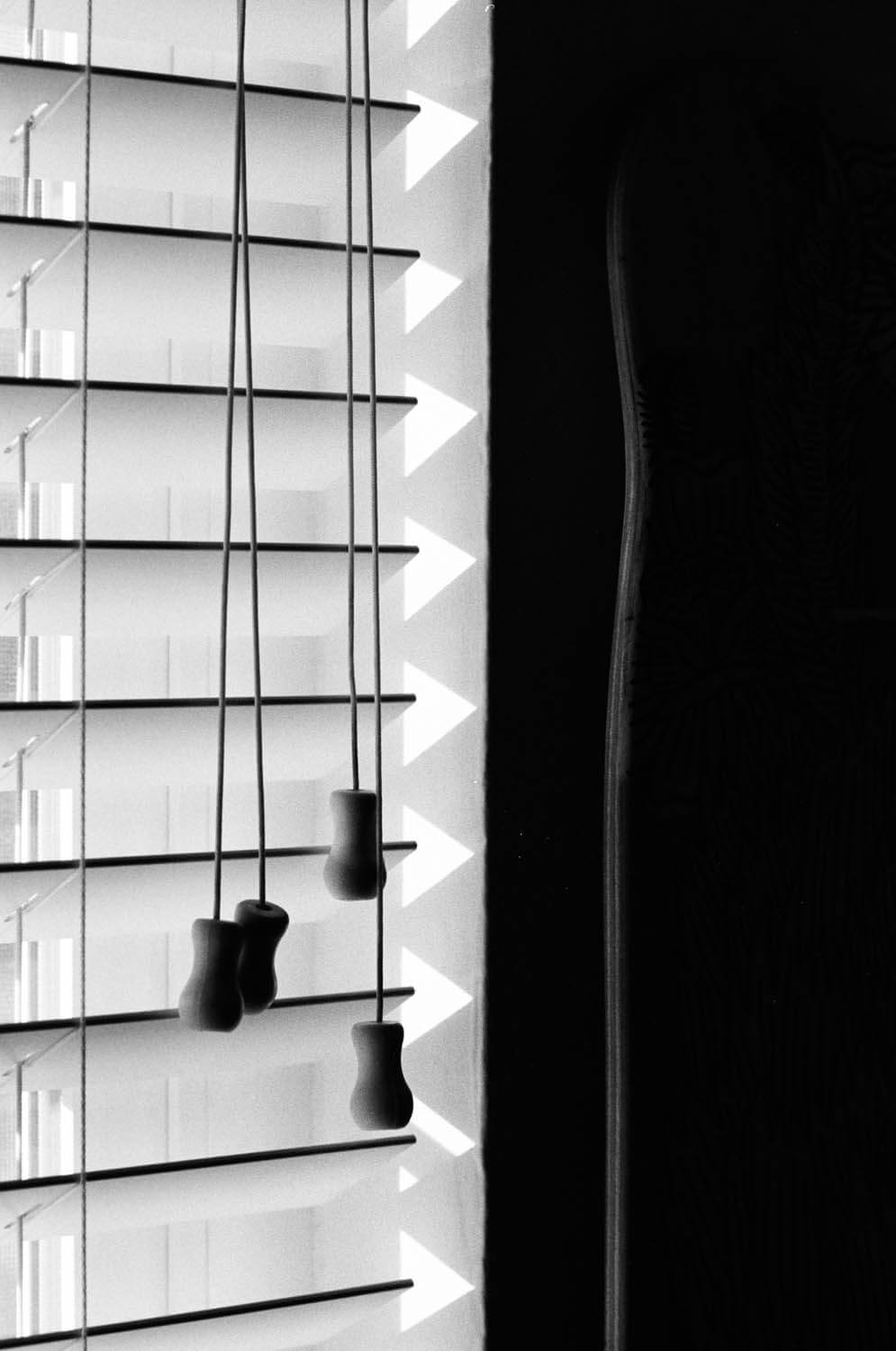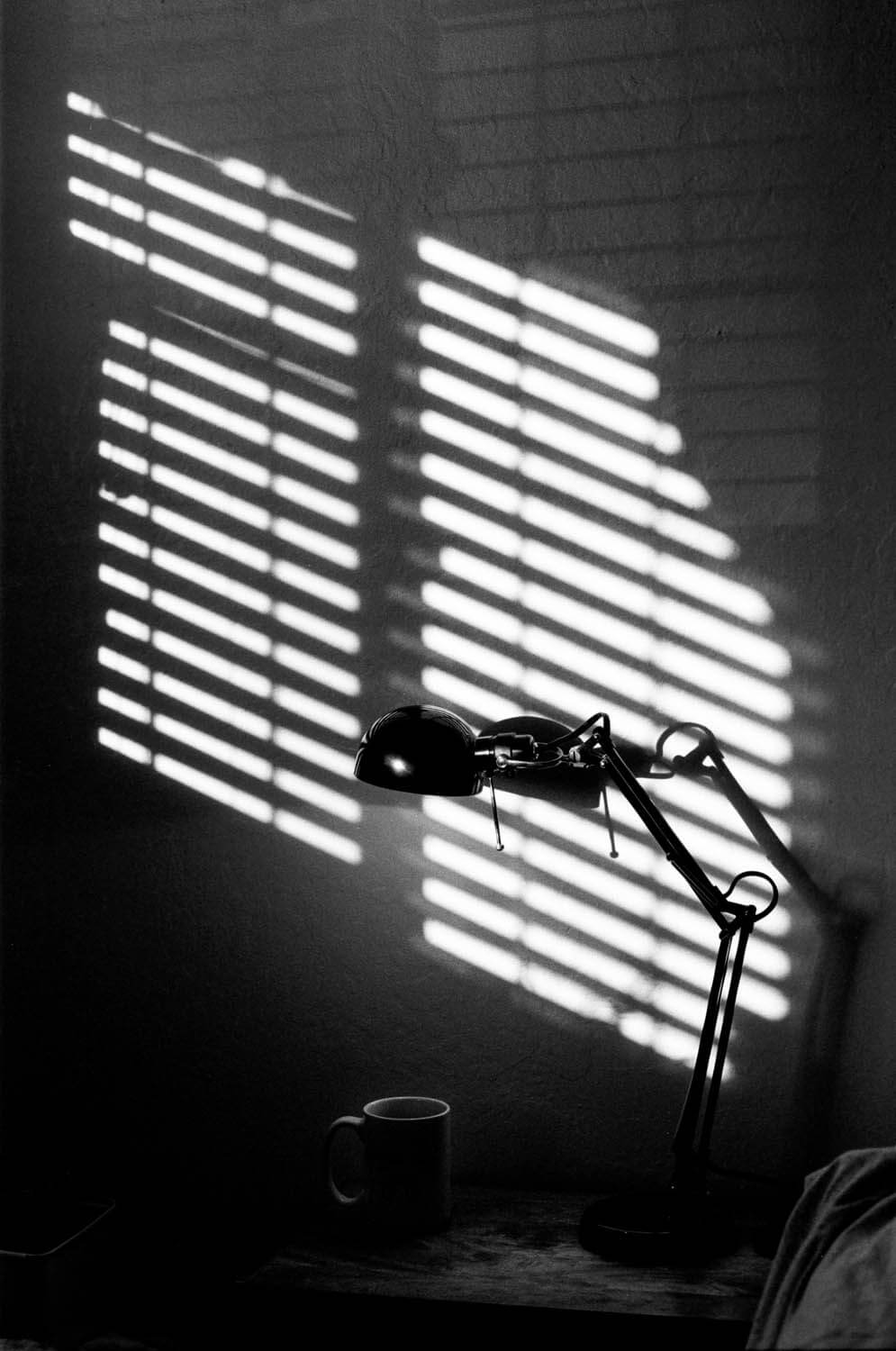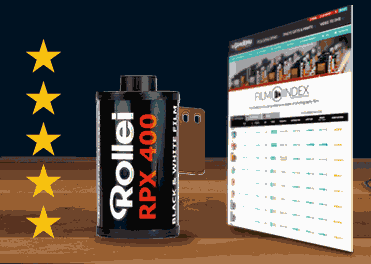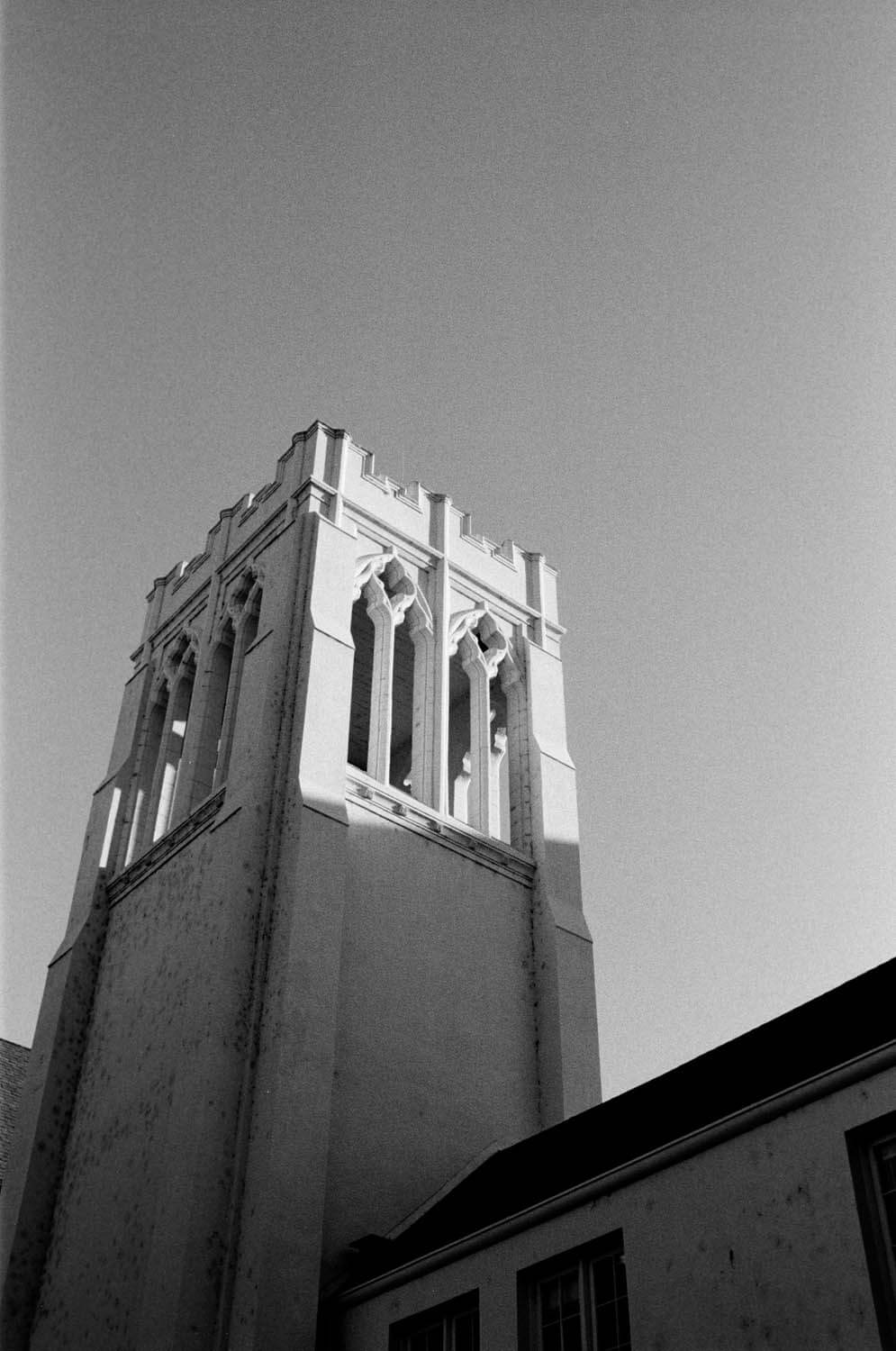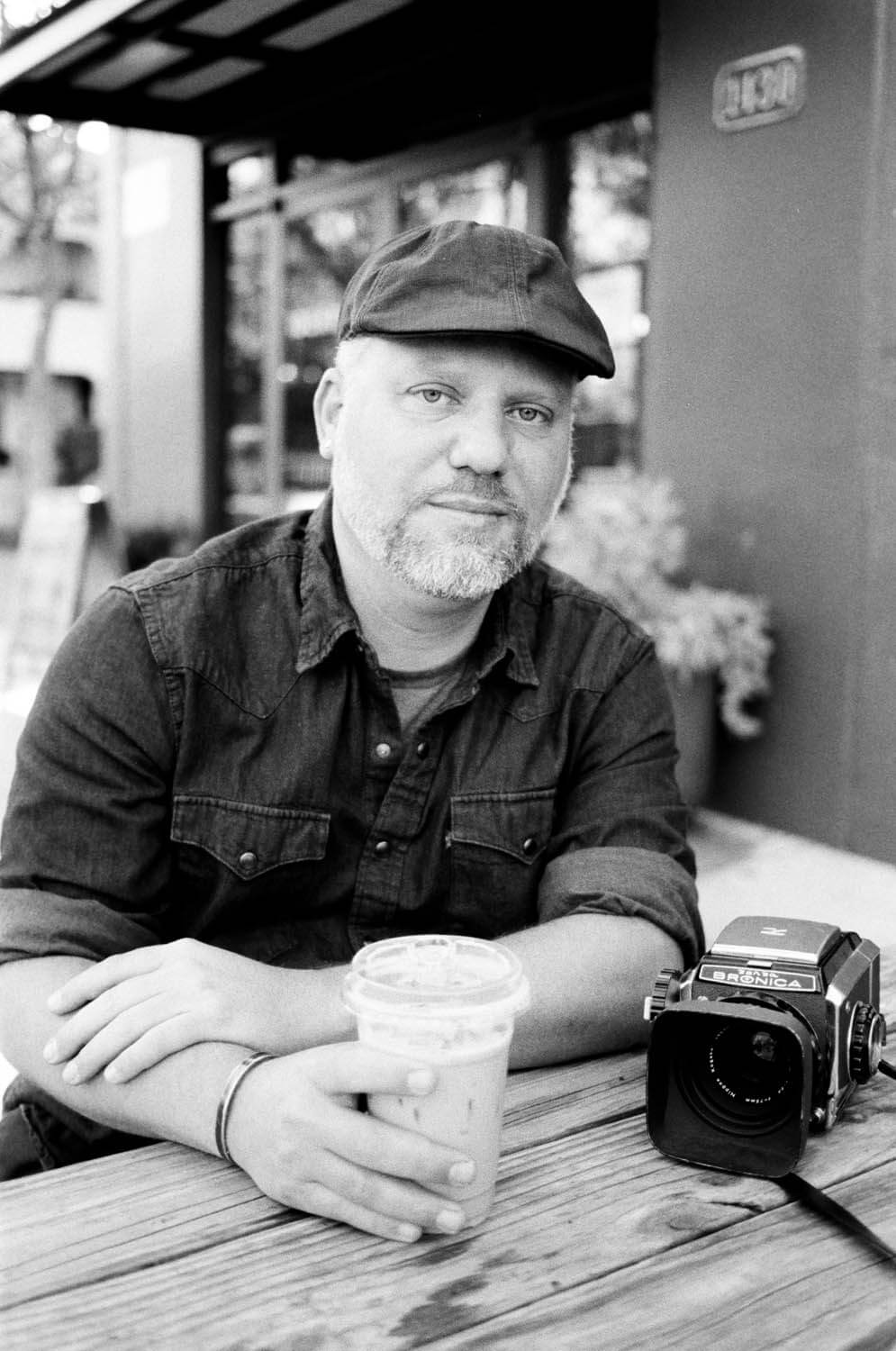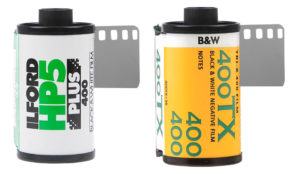
Black and white film has always had a soft spot in the heart of many photographers. Its ability to remove color and focus on the story has made it a go-to for those capturing realism. In this article, we explore the difference between the films and also their history.
Characteristics of Kodak Tri-X 400 B&W Negative Film
- Prominent finer film grain.
- Distinct light-to-dark contrast ratio.
- Ability to push to a higher ISO.
Characteristics of Ilford HP5+ 400 B&W Negative Film
- Stark and fine film grain
- Unique and gritty character
- Strong tonality without crushing blacks
Difference Between
|
||
| Feature | Kodak Tri-X | HP5+ 400 |
| 35mm | ||
| 120 | ||
| 4×5 | ||
| 8×10 | ||
| Bulk Roll (100’) | ||
| 24 Exposures | ||
| 36 Exposures | ||
| Disposable Camera | ||
* Tri-X 320 is available in large format.
What Type of Photographer is Tri-X and HP5+ Catering To?
Both films favor photojournalism, street and documentary photographers due to the finer film grain and contrasting exposures. There’s a sense of realism when taking photos with either film stock.
Kodak Professional Tri-X Black and White Negative Film
Kodak is at the forefront of film photography, and many of their film stocks are legendary. Take the Tri-X 400 as an example. Being over sixty years old since its first release, the B&W film has seen its fair share of photographers over the decades. Having originally made its entry into the world in a 120 format, photographers would be waiting another 14 years before the 35mm film could be loaded in their cameras.
The characteristics of Kodak Tri-X are iconic, regardless if you are shooting in 35mm or 120. Photographers get to experience a prominent grain that has a distinct light-to-dark contrast ratio. This level of contrast has made it a popular staple amongst photojournalists, documentary, and street shooters.
With an ISO rating of 400, Tri-X is an ideal film for overcast days and darkened rooms with window lighting. Kodak’s Tri-X exposure latitude is a well-known secret amongst film enthusiasts. Offering a generous three stops of exposure latitude (+/- 1.5 stops), it’s forgiving for under or over-exposing.
It’s worth noting that Tri-X is a tolerable film. The emulsion can handle pushing the film to higher ISO’s, such as 800, 3200, or an extreme 6400. You’ll have to adjust your camera manually and let us know what ISO you shot it at before we process the roll.
When picking up a roll to try, there are options. Either choose from 24 or 36 exposures, or if you manually wind 100 ft is the best option. Since Tri-X’s inception, it has had some minor changes. These range from increasing speeds from 200 to 400 in 1960 through to a finer grain and the reduction of silver in the film stock.
Ilford HP5+ 400 Black and White Film
There are many comparisons made between the legendary Kodak Tri-X and Ilford HP5 Plus 400. And, right or wrong, there is a lot about the two black and white films that are similar. But to leave it at that would be dull and not fair to either film. Ilford HP5 Plus has a lot of characteristics that are worth further exploration. Ilford HP5 Plus 400 is a brilliant all-rounder film. But, if you want to explore genres such as photojournalism, street and documentary, it’s probably the best choice – especially for those on a budget.
Ilford’s HP range of films dates back to 1935 after initially creating HP coated glass plates a few years earlier. Ilford HP, or Hypersensitive Panchromatic, transitioned to the current HP5 Plus 400 in 1989 and remained unchanged. Why fix what isn’t broken? It’s a classic film stock with a unique and gritty character. But what’s clear about HP5 is that it still holds up today as a great black and white film choice.
Ilford HP5 Plus delivers strong tonality, and the rendering of shadows is excellent in that it doesn’t pull out all the details but instead lets shadows be shadows. The play in the film’s contrast is evident with deep dark tones and highlights that push out of the image. It is all providing that the lighting is right. All in all, Ilford HP5 Plus portrays a stark and finely grained scene with solid contrast elements.
When it comes to processing, the HP film is a dream to work with. You see, Ilford has created this film to dry flat, and that makes all the difference when scanning your negatives. Also, Ilford’s HP5 Plus 400 is available in various formats from 35MM 24 EXPOSURE, 36 Exposure, 120 Roll and even pre-loaded on the Ilford Single Use camera. Further to this, Ilford provides a range of sheet film in all standard sizes.
As for shooting with the Ilford HP5 Plus black and white film, the results are excellent. The film does not work to capture every single detail in the scene. Due to its contrasting tonality, details fade into shadows or pop out in well-lit areas. As you load this film, don’t mourn lost detail, as you have to expect such an outcome. If you’re looking for a detail-focused film, look elsewhere. But for capturing grainy and atmospheric scenes where the attributes of the emulsion form part of the story, HP5 Plus is ideal.
Ilford’s HP5 Plus has a long history and for an excellent reason. It delivers a look that has appealed to visual creatives for decades. It’s a look that cannot be replicated in digital due to its imperfections in retaining image detail and its contrast in the right light. But isn’t that the whole point of why we shoot films like this? Digital should never be compared to analog mediums as they are two very different processes. Ilford HP5 Plus 400 Black and White film is a testament to just how unique film photography can be.
In summary, if you are looking for gritty and a grainy look that’s affordable then we would recommend Ilford HP5+ 400 film. Otherwise, if price isn’t an issue, then Kodak Tri-X 400 outperforms in low light.
Ilford now has a line of Single Use Cameras.
See our article on comparing Single Use Cameras – Side by side photo comparison including Ilford HP5 and XP2 cameras.
Leica vs. Canonet
A side by side comparison and photo examples between the Leica M.P. and Canonet QL17 GIII with the Kodak Tri-X 400 and Ilford HP5 400 film
See Leica vs. Canonet Post
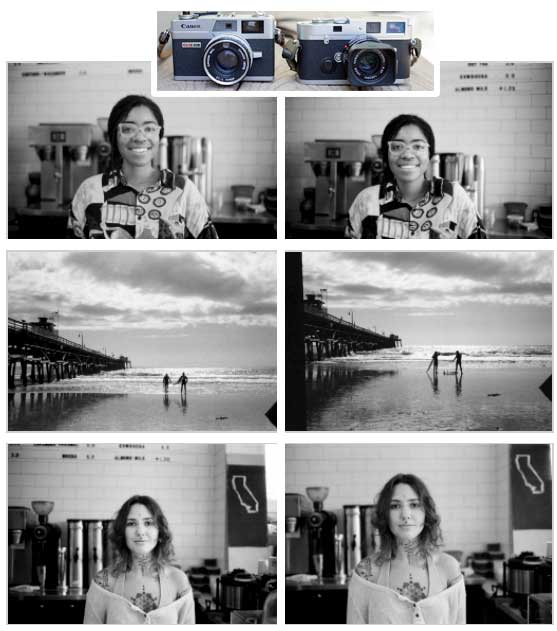
See our other post on comparing 120 format films
Kodak Tri-X vs. Ilford HP5 120/Medium format films
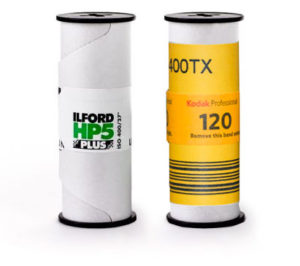



 My Account
My Account

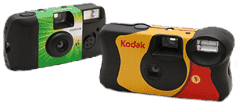
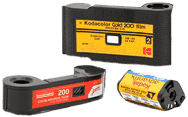
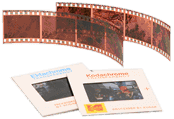


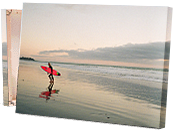

 Gift Cards
Gift Cards Film Index
Film Index FAQ
FAQ
